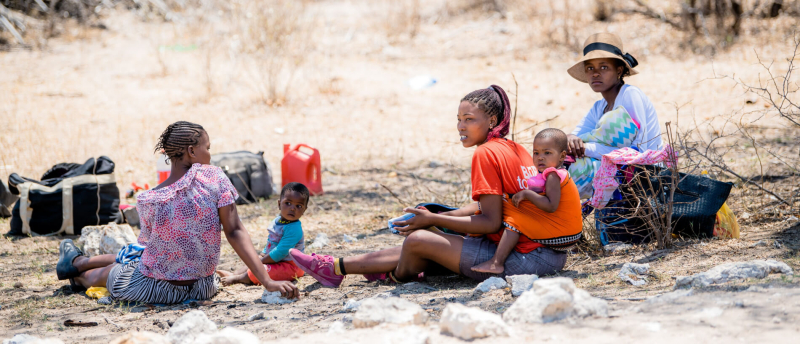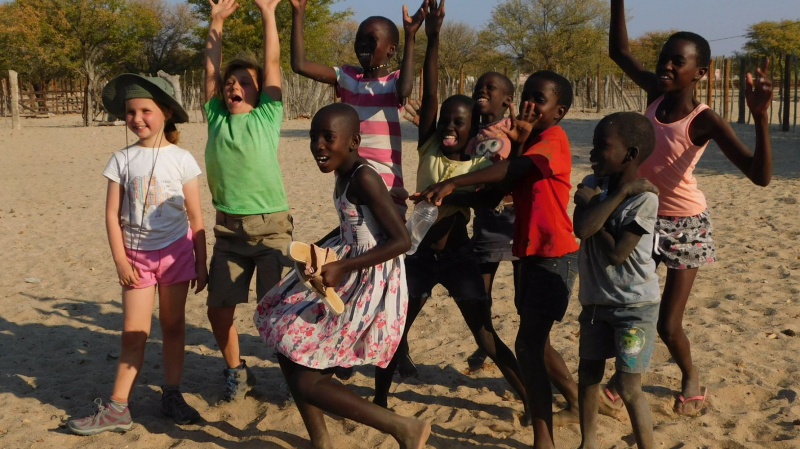Family structure
Most Namibian households are not nuclear families, but also include other relatives. The household's head manages household finances, makes important decisions, and organizes productive activities. Other family members provide significant assistance to parents with child-rearing. It is not uncommon for children to live with other relatives if their parents are unable to work, the child needs to be closer to school, or a relative requires the assistance of a child. The majority of boys and girls attend primary school, though they may occasionally stay at home to help with livestock or crops.
Depending on ethnicity, corporate kin groups are formed by ties traced through women (matrilineal), men (patrilineal), or both (bilateral). These kin groups provide a network of support for their members and control joint property, particularly livestock; in the past, they also played important roles in political and religious affairs. A general shift from matrilineal to patrilineal has occurred.
In Namibian culture, a family's wealth is measured by the number of cattle it owns, and families live a semi-nomadic lifestyle, following grazing and water sources for their livestock. Men and boys generally care for livestock, build and maintain homesteads, plow fields, and contribute some agricultural labor in rural communal areas, whereas women and girls do the majority of agricultural labor, food preparation, childcare, and household work.















